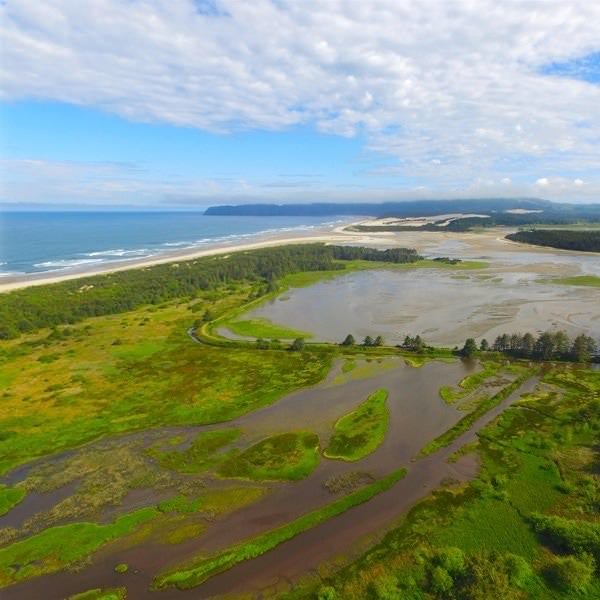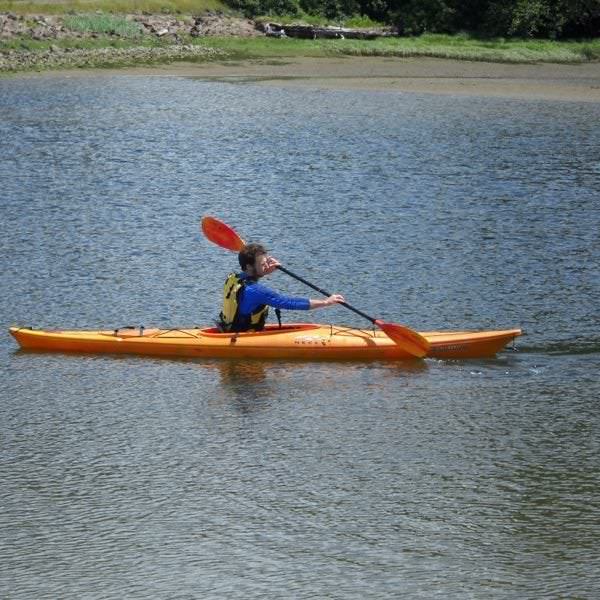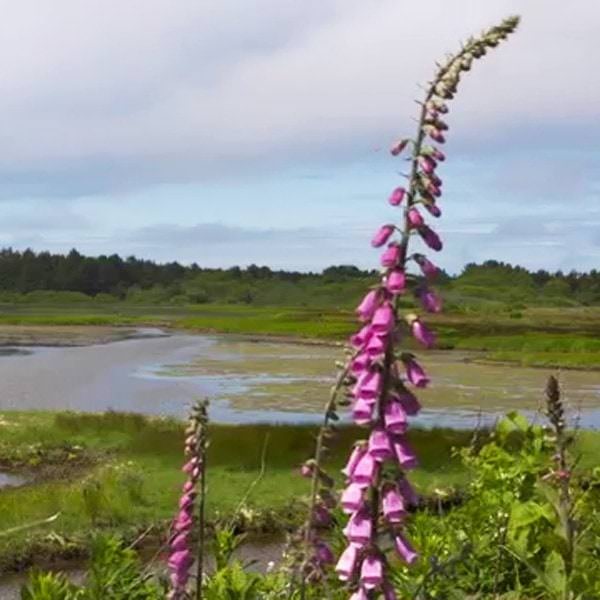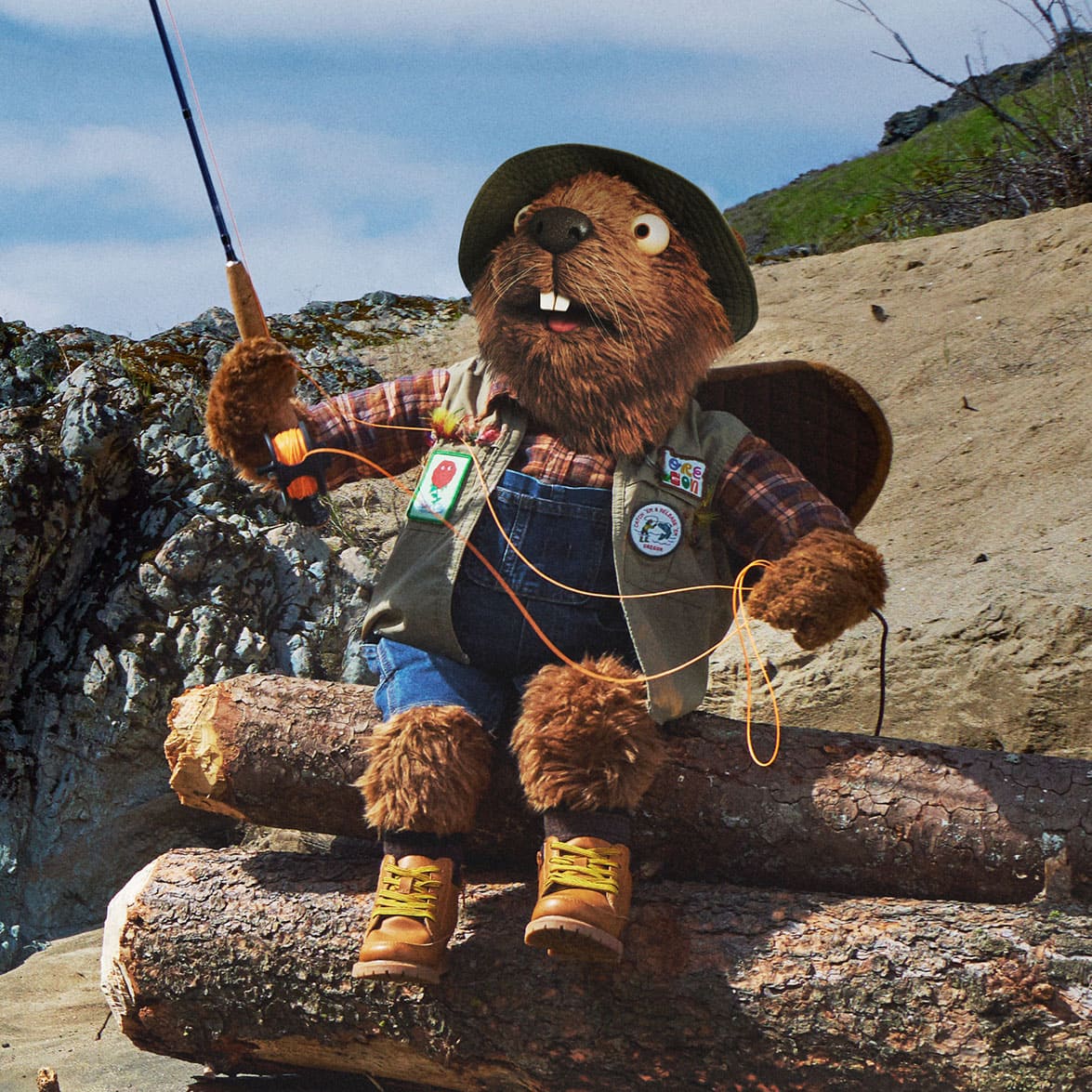It is hard to argue with Oregon State Park Manager Kirk Barham’s decree that he has “the best office in the world.”
His “office” is Sitka Sedge State Natural Area, Oregon’s newest state park opening in July 2017.
Prized for its lack of development, Sitka Sedge is just south of Sand Lake in Tillamook County.
Barham says there’s a lot to enjoy here, particularly, “the fact that you can come out on a day as nice as today and have the park all to yourself — plus experience some of the great stuff that the Coast has to offer all in one place.”
The main trail leading through the new park is where you will find blooming foxglove, salal and wild rose. The beauty will leave you spellbound. And so will the abundant bird life, like the blue herons that hunt across the namesake sitka sedge grasses that grow along the wetland edges.
The new park includes four and a half miles of trails across nearly 400 acres of fresh and saltwater marshes, as well as forested uplands. It is a place to find peace and quiet. That is except for the sound of chirping birds and the ocean roar.
Barham says the magnificent oceanfront will remain undisturbed. The view is grand, with Cape Kiwanda easy to spy to the south and Cape Lookout jutting into the ocean to the north.
While in between the two landmarks, the new park merges with another well-known place: Clay Myers State Natural Area at Whalen Island.
Here there are 200 acres of forest, sand and estuary — and even more hiking trails.
Surrounding Whalen Island is a waterway called Sand Lake. For the most part, it is shallow throughout, averaging just two feet deep at flood tide.
The estuary wraps around the island on the high tide. That’s when you’ll find paddlers like Marc Hinz launching kayak excursions to explore the parkland.
“I like to bring folks here to enjoy the quiet, serene and secluded nature of the waterway,” says Hinz.
Marc Hinz is co-owner of Kayak Tillamook, a local tour company that specializes in coastal estuary trips. He says, “You don’t see many people here because it’s too shallow for motorized boats.”
But Sand Lake’s isolation also means paddlers should be prepared to handle any issues that might arise on the water. Hinz says, “Even though it is a shallow waterway, there are deeper parts and the tide does recede out into the ocean. So it’s important to wear your personal flotation device; bring an extra paddle, basic first aid and a communication device in case you get into trouble.”
Barham says no camping will be allowed at Sitka Sedge State Natural Area and it will always be a low-impact park. He says, “This is such a quiet, beautiful place that we want to make sure it’s there for not only present generations but for our future generations to enjoy.”



